What to look for in a winter wetsuit
Our aim at Wetsuit Outlet is to keep you on the water for as long as possible, even through winter. Although the thought of getting in the sea when it’s snowing outside doesn’t appeal to a lot of people, the harsher cold weather can often bring better swells and stronger winds, meaning more fun for surfers, kitesurfers and windsurfers.
That said, to really enjoy your time on the water, it’s essential to be dressed appropriately. Boots, gloves and hoods are all useful accessories that will extend your session, but if the wetsuit you’re wearing isn’t thick enough, or is too poor quality to keep the water out, then you’re wasting your time. Keeping your core temperature up on cold days is the most important thing.
With hundreds of wetsuits to choose from on our website, we appreciate it can be a little tricky to narrow them down. To make things easier, we’ve laid out the key things to look out for when shopping for a winter wetsuit below, to help you choose the perfect suit for you.
The winter temperatures obviously vary depending on where in the world you are, so those of you heading for a winter surf in Bali may not find what you need here. The points discussed in this blog will be most suitable for those surfing in 7°C or less.
If you’re not sure what you should be wearing where you are, check the temperature guide below.
- 0–3°C | 6mm / 7mm – deep winter warriors.
- 4–7°C | 4mm / 5mm / 6mm – the bitterly cold brave.
- 8-11°C | 3mm / 4mm – crisp water comrades.
- 12-17°C | 2mm / 3mm – seasonally smart surfers.
- 18–26°C | UV lycra / Spring suit – endless summer embracers.
For more in depth information on what to wear in different temperatures, check out our complete wetsuit thickness guide.
Thickness
This is the easiest way to narrow it down, as all wetsuits will state the thickness of the neoprene in the product description. For example: “Rip Curl Dawn Patrol 4/3mm Chest Zip Wetsuit”, indicates that the wetsuit is made of a combination of 4mm neoprene and 3mm. The first number will always be the largest and will refer to the neoprene around the core area and torso of the suit, where your vital organs are and where the most insulation is required. The second number (and sometimes a third number, e.g. 6/5/4mm) will refer to the thickness on your arms and legs, where a little bit of warmth is sacrificed for extra flexibility.
For cold water, as a minimum you’ll need 5mm around your core, and 3-4mm on your arms and legs. It’s worth upgrading to a 6/4mm or 6/5mm suit though, especially if you’re a surfer or bodyboarder, and likely to spend some time chilling (literally) in the water waiting for your next wave.
Linings
Not every winter wetsuit has a lining, but as wetsuit technology improves, more advanced linings are becoming available from a number of the leading surf brands, which mean the wearer benefits from added warmth where its needed, without the reduced flexibility that generally comes with thicker neoprene.
Billabong – Furnace lining
Billabong’s Furnace lining has recently been upgraded to use graphene instead of carbon, which traps and retains heat more efficiently than traditional hollow fibres, and is also 50% lighter. For more detail, we’ve already written a whole blog on this so that you can read all about the entire Billabong Furnace Graphene Range.
Rip Curl – Flash lining
The Flash lining is engineered from poly-fleece, which is hydrophobic, meaning it won’t hold any water and will therefore keep your body warmer and drier. Constructed of two layers, it will also funnel water quickly out of the suit once you hang it up to dry, in case you were worried that a fleece lining = soggy lining.
O’Neill – TechnoButter Firewall
Compared to the previous two linings from Billabong and Rip Curl, the TB Firewall is only slightly insulating, but it’s extremely hydrophobic, so a minimal amount of water will stay inside the suit. O’Neill combine their TB Firewall jersey with their Air Insulated Layered Core in the Psycho Tech wetsuits, which has bigger bubbles and hence better insulation, therefore not needing a heavy fleece lining like some other high-tech suits. We’ve done a more detailed breakdown of O’Neill’s TechnoButter 3 technology here.
Seams and stitching
How the panels of neoprene are joined together can hugely affect the warmth of the wetsuit, as it’s what stops water leaking in, as well as being a key indication of the quality of the suit. For winter, don’t get any wetsuit that doesn’t have glued and blindstitched (GBS) seams. GBS means that the panels have been glued together end-to-end first, and then stitched. However, the stitch only goes part of the way through the neoprene, meaning there aren’t any holes going all the way through the neoprene and letting water in. The result is a full-watertight, flexible and highly durable seam.
For additional reinforcement, some seams have tape applied to the inside of the seams. This can also reduce the likelihood of leaks through the seams. As a further layer of protection, some seams are also liquid sealed (also known as fluid sealed, or welded), which means a liquid rubber is put over the seams to make them completely watertight.
The method of stitching and sealing the seams all add up to reduce water entry to the suit as well as improve the durability. It doesn’t come cheap though, and you can expect to pay extra for these features. It’s worth the extra cash though if you surf regularly and know your suit is going to get a lot of use, as it improves the lifetime of the suit.
For more information, you'll find a full guide to different wetsuit seams here.
Hood
Brain freeze is not the one, and is probably one of the worst parts of cold water surfing. Luckily, surf hoods are a thing, so you can have all of that neoprene-y goodness around your head as well as the rest of you.
There's a couple of options for this though, so for more flexibility you should take a look at the surf hoods and neoprene beanies we have, both of which are an easy way to upgrade a wetsuit for winter. You'll also notice we offer a selection of hooded wetsuits on our website though, and these ar are ideal for those who regularly surf in cold water, and will want to wear a hood almost all of the time. The benefits of an integrated hood include less flushing down the back of your neck, not having to remember to grab your surf hood as well as your wetsuit, and being stylishly coordinated (this may or may not be of huge importance to you). The downside of a hooded suit is of course that you can't take it off, so if you think you'll get annoyed by having it always attached to the back of your wetsuit, just get a surf hood instead.
So, as a quick recap, look out for:
- The thickness of the neoprene - at least 5/3mm, but potentially thicker depending on where you’re headed
- A comfortable and insulating lining - this is largely down to personal preference.
- High-quality, durable GBS seams - taping or liquid sealing is beneficial for those who surf a lot, but GBS is an absolute must
- A hood - either get a suit with one attached or buy one separately.
--
Written by Eliza Tilbury
Updated on 8th December 2021
Originally published on 27th January 2020 in Wetsuit Guides












































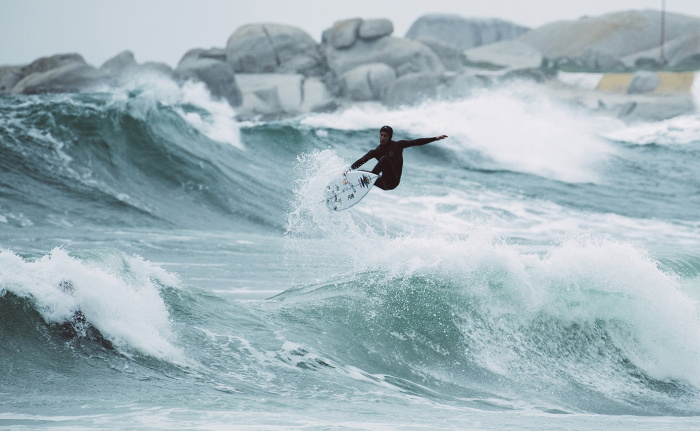


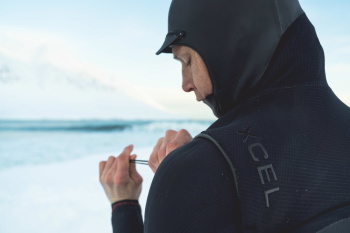
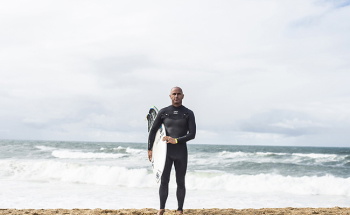
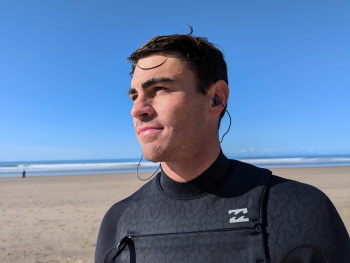
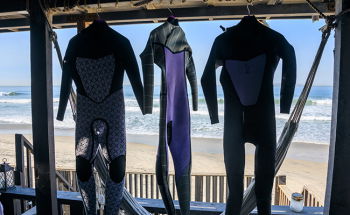
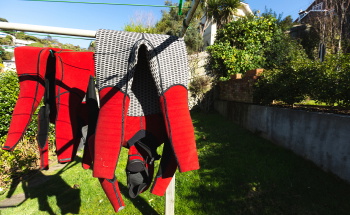
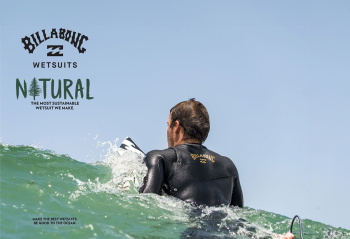

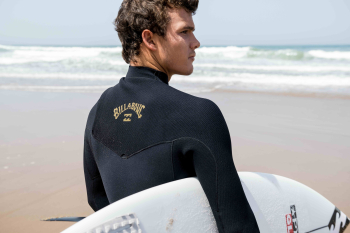

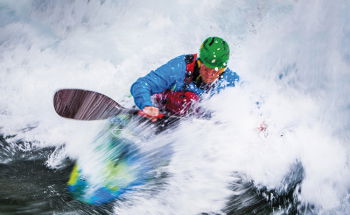
 Visit the US site
Visit the US site  Continue to DE
Continue to DE